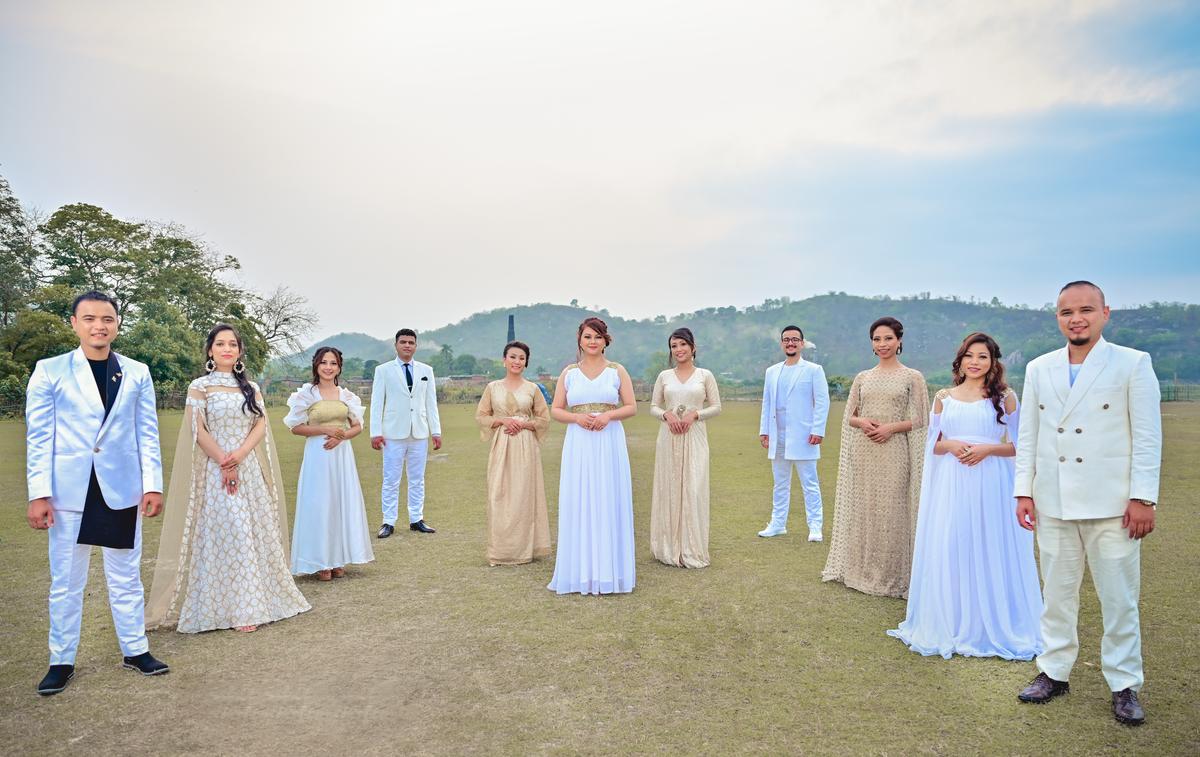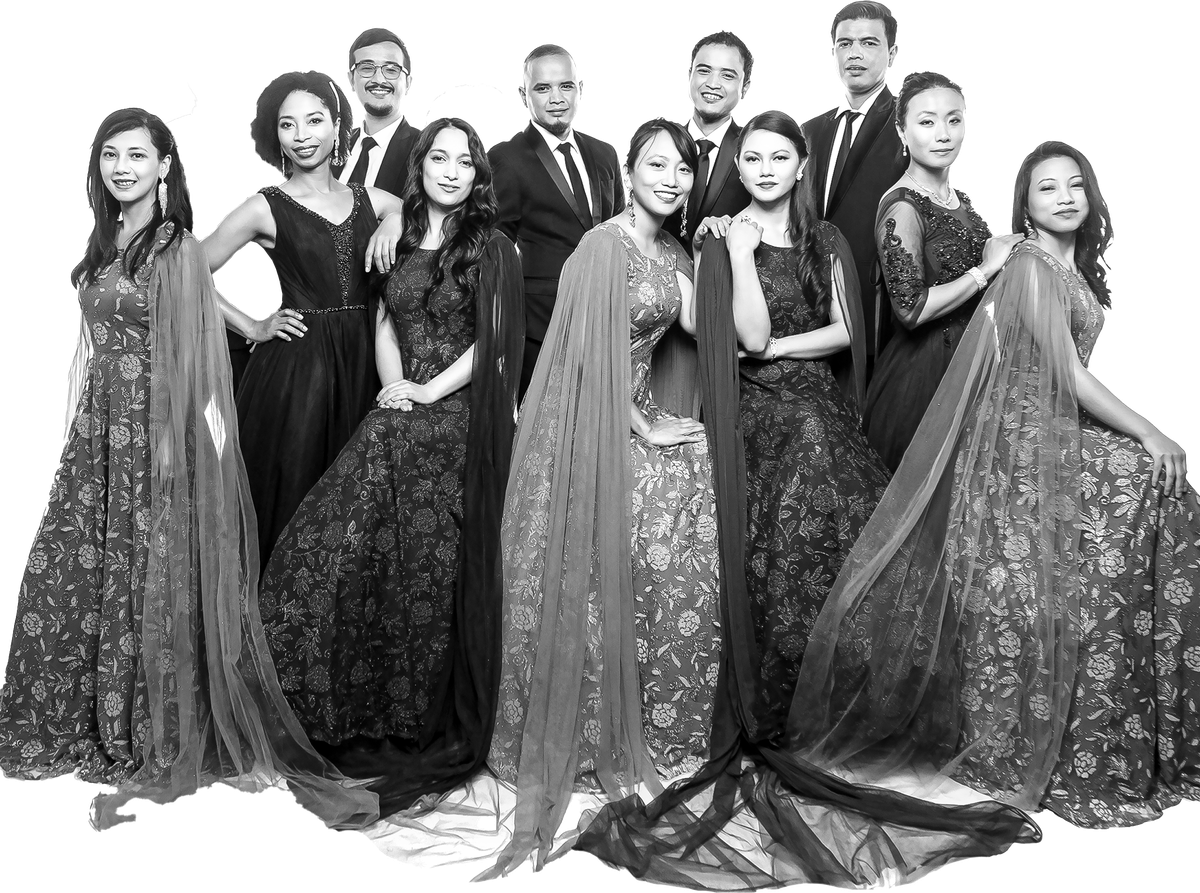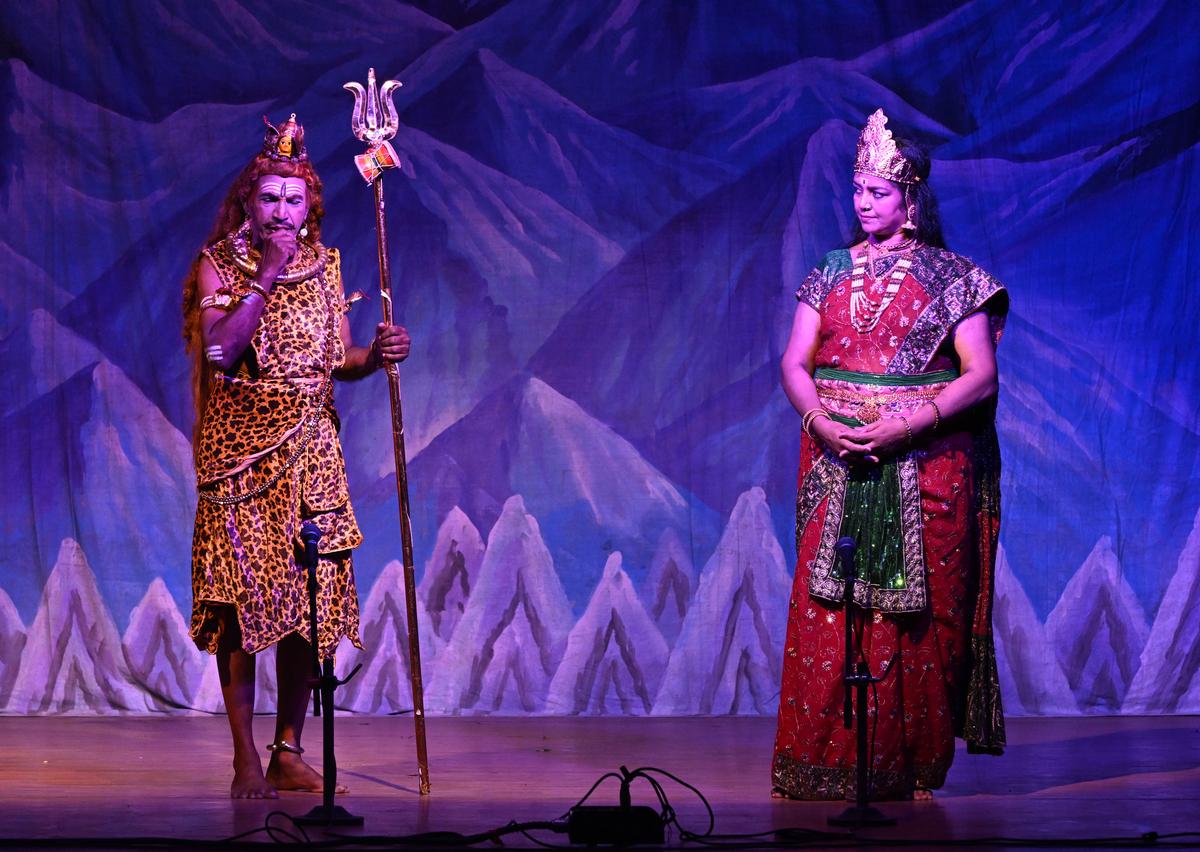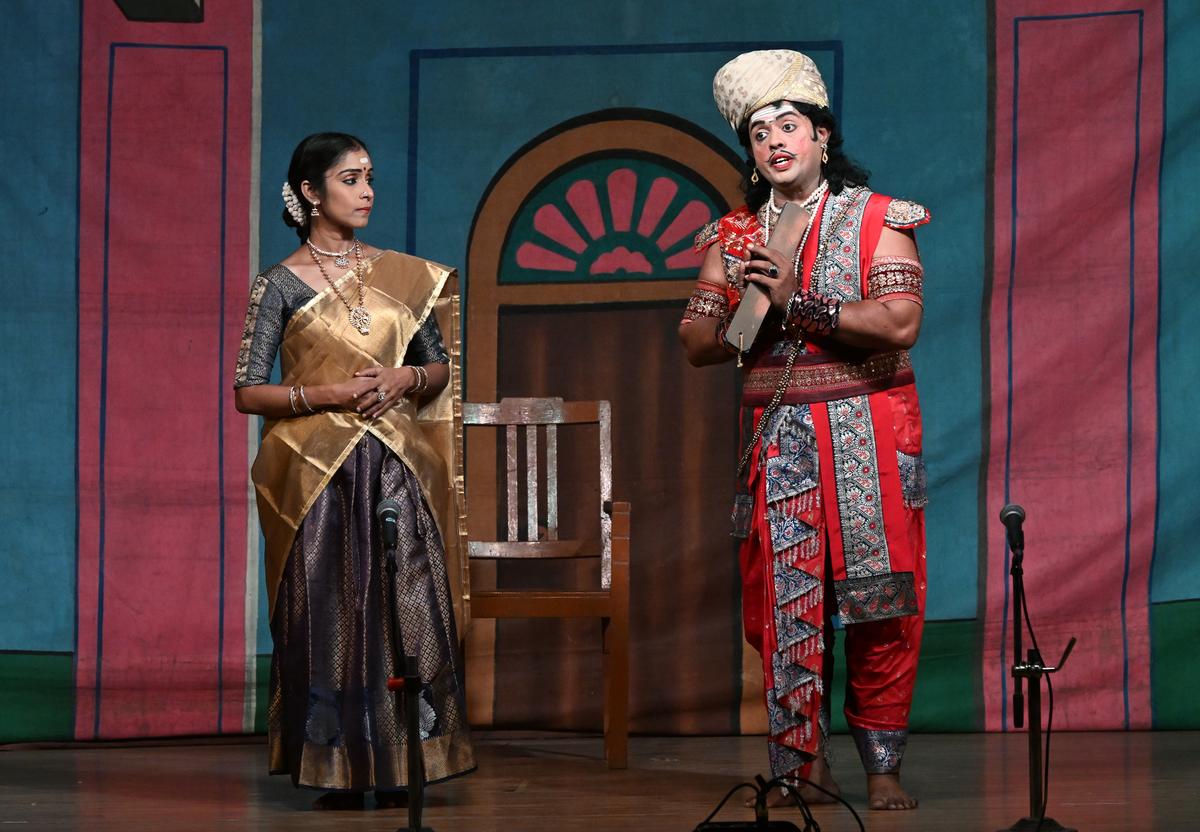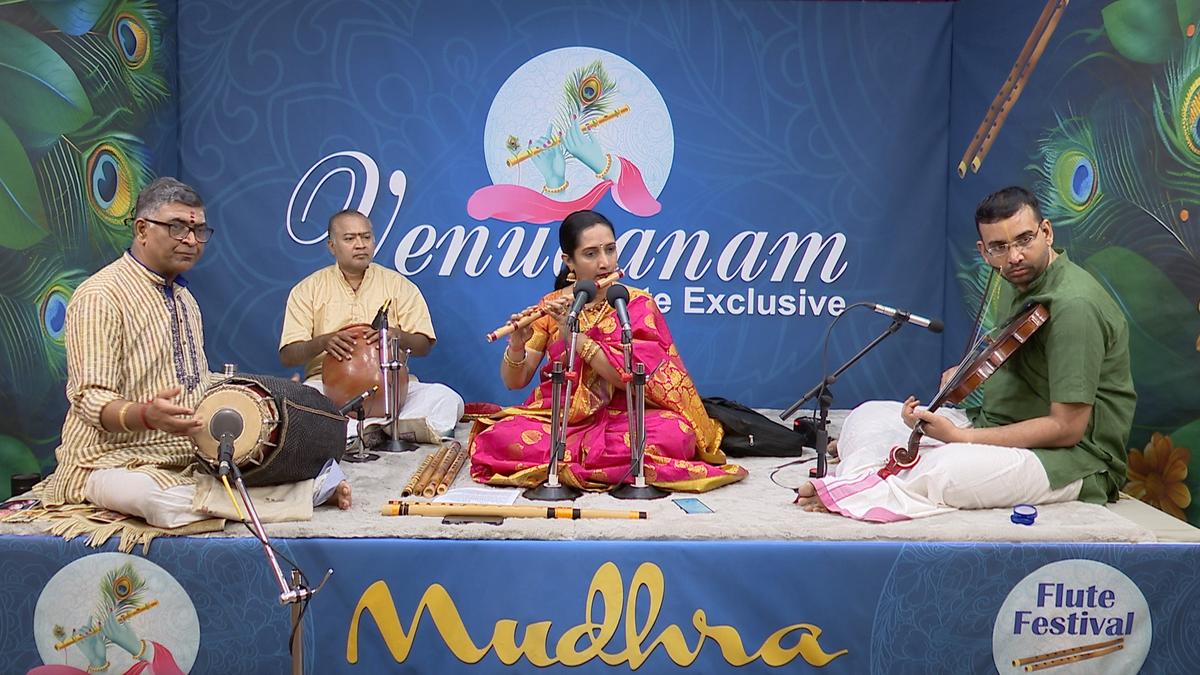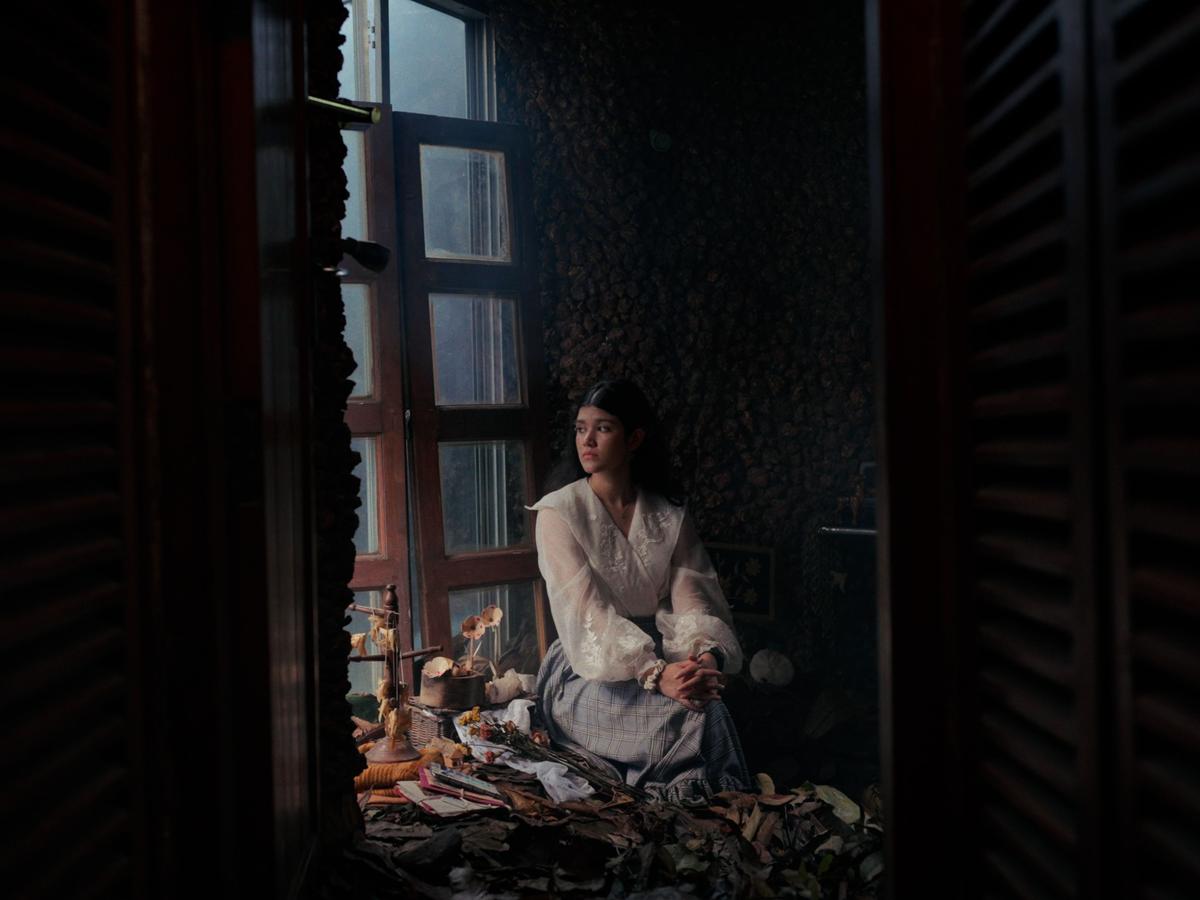Eighteen-year-old indie artiste gini’s heartfelt storytelling and music that blends timeless charm with youthful energy has got her attention as a singer-songwriter to watch out for.
Her new song, ‘Naadaani’, about loss and the desperation that comes with it, released recently. “It could be a loved one passing away, or a lover who left, a sibling who moved away, or a parent who wasn’t there. You’re left to deal with the barrage of emotions that come with it, but in the end, you loved so deep that you’re desperate,” she says about the idea and inspiration behind the track.
When Gini was six, her parents got her a harmonium. When she was 10, her grandfather got her a guitar. At the age of 15, the piano was the last addition, and it soon became one of her favourites to compose and write on. A huge fan of Harry Belafonte, Gini draws inspiration from Billie Eilish and Finneas O’Connell, Geeta Dutt, Swanand Kirkire, Radiohead and Tyler, The Creator.
A Spotify India ‘Radar’ artiste, Gini released her first song, ‘Falling asleep’, when she was 15, about a fighter pilot who died in a fatal aircraft crash in May 2021. “I wrote thinking about what he would say to his wife, now that he would no longer be there with her.” She played the song to the squadron the next day, and that was the first time she saw the strongest people in her life let themselves betray a strong emotion like grief. “Although bittersweet, I realised that my art could have an impact and decided to pursue it in that moment. COVID too took so many lives, and I thought, perhaps, the song could help them, so I released it about a month later,” she said.
Thereafter, Gini went on to release seven more songs — from looking inward with ‘Negative space’, and reminiscing memories in ‘Jugnoo’, to attempting to write about a lost love in ‘Sukoon’, and figuring out how deeply one can love to forgive in ‘Chaukhat’ — every song “was a step I took towards growing up”.
In 2022, Gini started ‘Write a song with me’, an Instagram live series. “It was the last year of my schooling, and I would to pick a random key and word from the dictionary, and write a song using the word in the key, often with a time limit. I’d often take comments with suggestions into consideration, or take tonal, genre, or emotion cues from the viewers,” she said.
Up next, gini has two songs lined up that are different from her usual genre and sound as well as collaborations that have been underway for a long time now.
‘Naadaani’ was inspired by her watching a falling leaf outside her window.
| Photo Credit:
Special Arrangement
Gini draws inspiration from Billie Eilish and Finneas O’Connell, Geeta Dutt, Swanand Kirkire, Radiohead and Tyler, The Creator.
| Photo Credit:
Special Arrangement
In 2022, Gini started an Instagram live series — ‘Write A Song with Me’. “It was the last year of my schooling, and I would go live, picking a random key and word from the dictionary and write a song, often with a time limit,” she says. The exercise helped her to adapt styles of writing and treat it like an imaginative exercise, pushing her brain to think faster and melodically, while simultaneously, building the lyrics. “I’d often take comments with suggestions into consideration from the viewers,” she reveals.
Gini also looks forward to the release of two songs lined-up, that are “different” from her “usual genre and sound as-well-as collaborations have been underway for a long time now. We’re planning larger shows and potentially a tour, but also smaller series with other artists that has been a dream-come-true,” she states.


